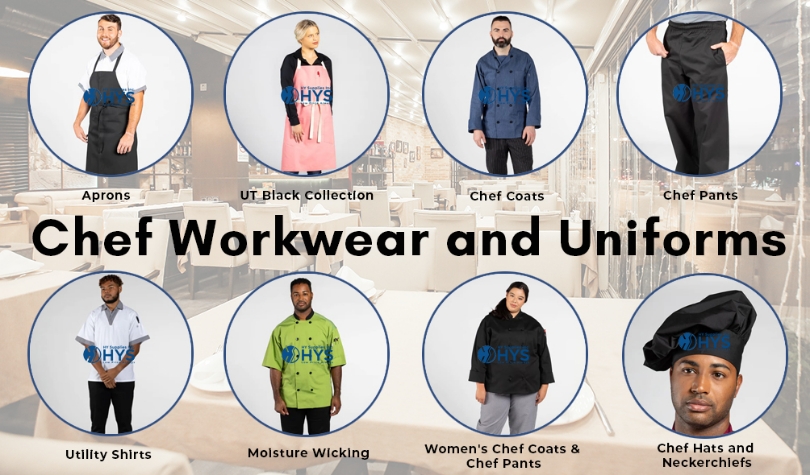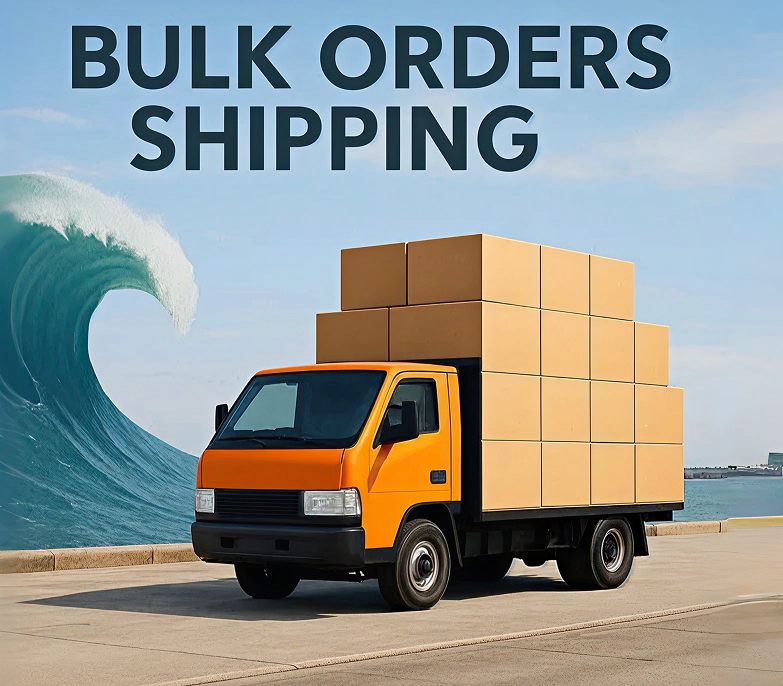What Should You Consider Before Buying Kitchen Staff and Chef Uniforms?

Key Factors to Keep in Mind
In order to preserve hygienic conditions, avoid contamination, and guarantee comfort in a hot kitchen, chef uniforms are essential. A chef's costume usually consists of a jacket, slacks, apron, slip-resistant shoes, a skull cap (toque), and occasionally a hand towel or neckerchief. Each part has a specific function in safeguarding the food and the cook, even though not all of them are required.
Material and Durability
Prioritize breathable and long-lasting materials like cotton, polyester, or a combination of the two when choosing chef uniforms. Comfort is guaranteed by these fabrics, which can survive repeated washings at high temperatures to get rid of microorganisms. Sturdy zippers, reinforced seams, and fine stitching are necessary to stop tearing, shrinking, or losing shape over time.
Comfort and Fit
Comfort is a must for kitchen workers because they stand for extended periods of time. Lightweight aprons with adjustable straps are preferable to bulky materials that retain heat, like denim. To improve movement while keeping a polished appearance, women's chef coats and pants are available in tailored fits (such as the Navona, Lia, or Tahoe models).
Hygiene and Safety Features
In accordance with health rules, a chef's skull hat, often known as a toque, keeps perspiration and hair from contaminating food. Chef coats should also feature double-layered cloth for a sophisticated look and heat resistance. Numerous vendors, such as Hysupplies Inc., provide fashionable ¾-sleeve alternatives in a range of hues and designs.
Cost-Effective Purchasing
When compared to retail purchases, purchasing uniforms in bulk, such as Classic, Newport, or Chambray styles, lowers long-term costs. For restaurants, wholesale choices offer consistent quality at affordable prices.
Final Thoughts
Investing in high-quality, functional, and comfortable chef uniforms enhances professionalism, safety, and efficiency in the kitchen. By considering material, fit, hygiene, and budget, restaurant owners can ensure their staff perform at their best while maintaining food safety standards.







